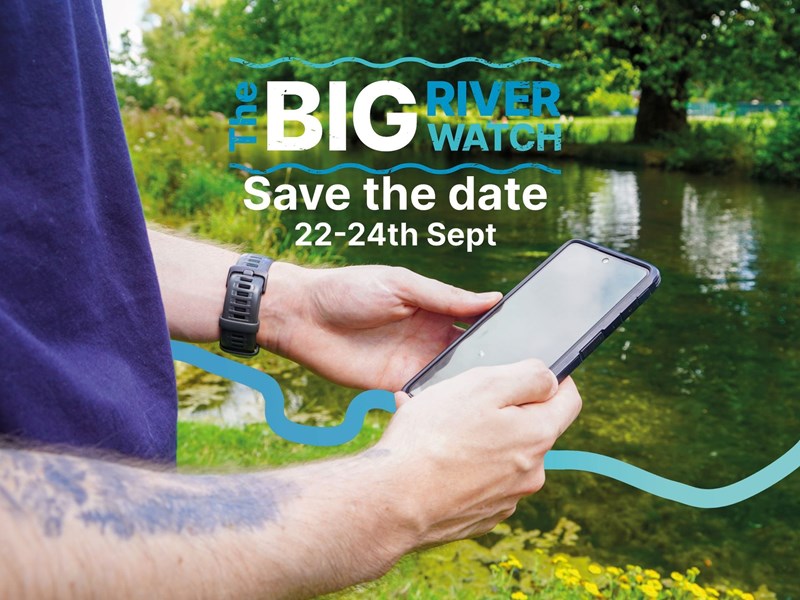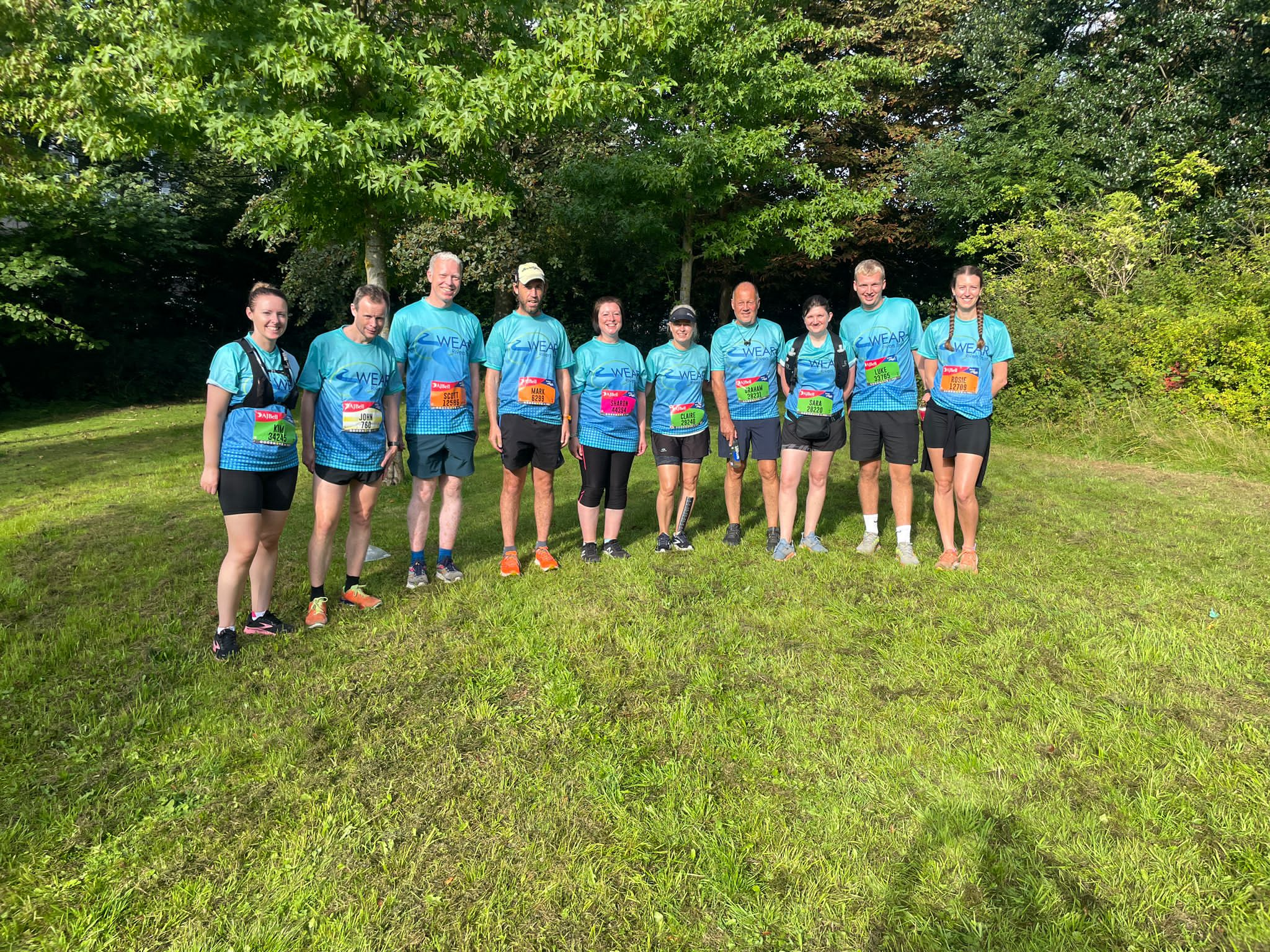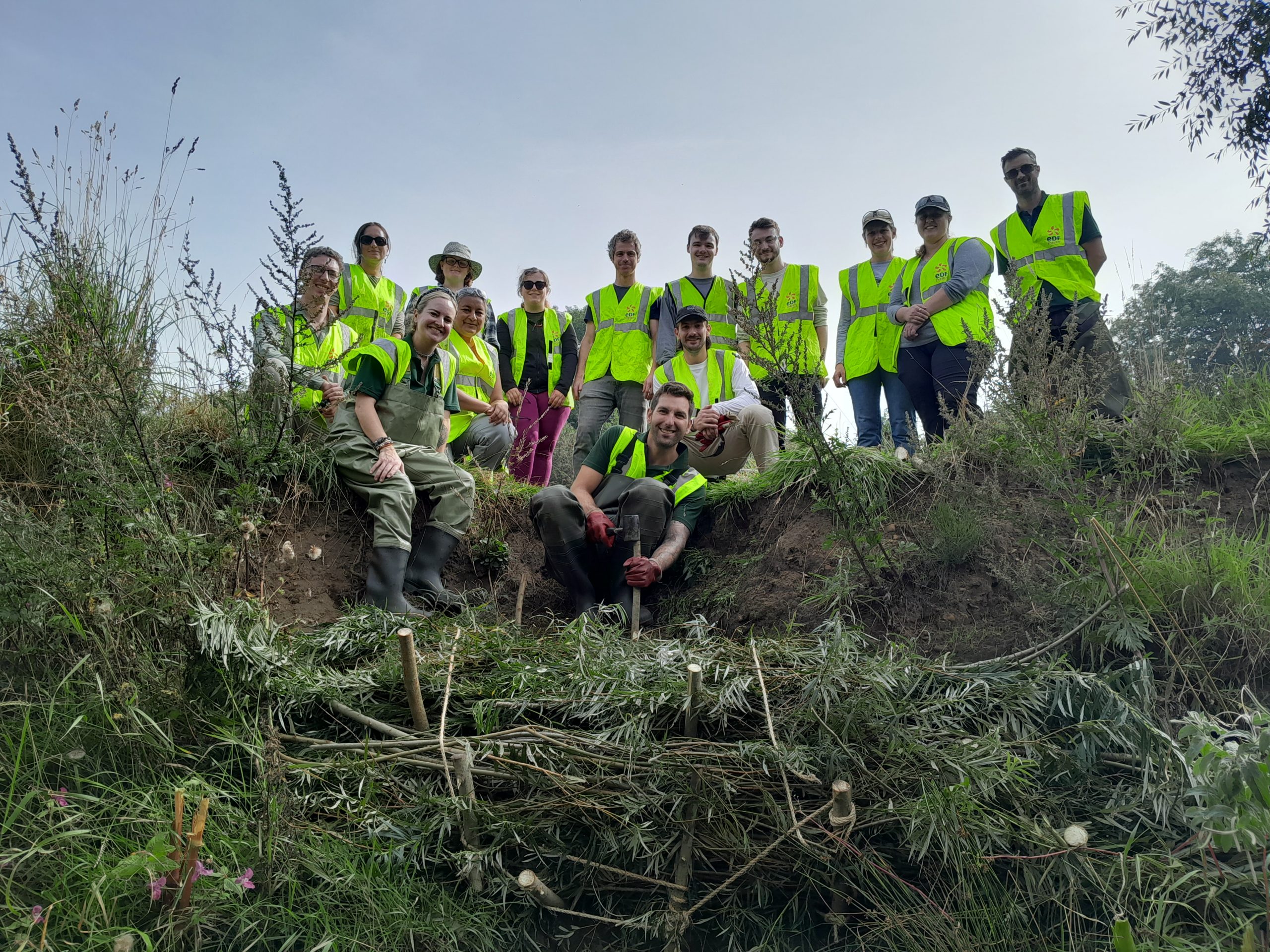22-24th September – Big River Watch Launch
This is your chance to make a difference…
This weekend of 22-24th September sees the exciting launch of the ‘Big River Watch’ and Wear Rivers Trust needs your help!
The Big River Watch is a national scheme and is asking volunteers across the country to get out and report back on their local rivers; the animals, the plants, the pollution and everything in between. This will help us to capture a national insight into the health of our rivers and will give us valuable data to help us protect the health of our waterways!
Whether you’re a swimmer or a paddler, an angler or a rambler, a wildlife spotter or a sit-and-watch-er, this is a chance to be part of the movement improving our freshwater spaces!
To get involved simply download the free ‘Big Rivers Watch’ app to your smartphone. Then choose a spot on a river or stream near you and spend 15 minutes observing your watercourse. Using the simple steps on the app, tell us what you have seen! And then click the button to upload your survey.
Surveys can be carried out on as many rivers as you are able to visit and as many times as you wish, there will be something new to see each time! And they can be carried out at any time of the year, not just for our coming launch weekend.
Please take photos and upload onto social media using the hashtag #bigriverwatch and tag Wear Rivers Trust so that we can all share in each other’s river explorations!
Taking part in the Big River Watch will not only provide valuable data to help protect our vulnerable rivers but it will also offer an opportunity to boost your wellbeing. Studies show that being in the great outdoors allows us to make a deeper connection with nature, dissolve stress and anxiety, boost our serotonin and improve our overall physical health.
How will the collected survey data make a difference?
Rivers are suffering from sewage, plastic, chemical and nutrient pollution. To change this, we need to know where our rivers are having the problems and which problems are the most prevalent. The free and open Big River Watch survey is your chance to make a difference. Data gathered during Big River Watch can support policy change; helping turn the tide on plastics or stem the flow of untreated sewage. It also helps identify the best places for river clean-ups, or the creation of things like wetlands.
If you have any questions or would like further information on the Big River Watch please contact jade.harley@wear-rivers-trust.org.uk.




